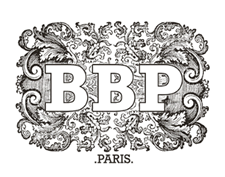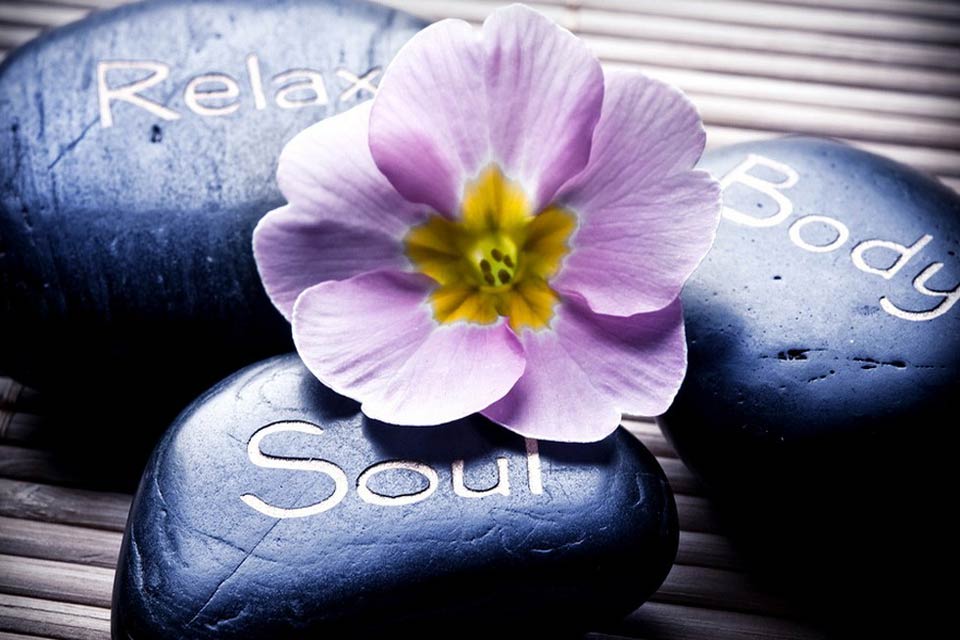Recently, I was involved in a conversation between a physicist, Bill, and a former physician, Steve, who now does what he calls “energy healing.”
I had a vague idea of what he meant by that, but Bill took umbrage.
“The word ‘energy’ has a very precise meaning in physics and the physical sciences,” he said. “I see it bandied about in the most outlandish ways, to make it mean something it doesn’t. That really bothers me.”
We went on a bit about this subject, and finally all agreed that there had to be another way to name what in the alternative healing field is commonly referred to as “energy,” as in energy healing, the energy in foods, good or bad energy, and so on and so forth.
To show you how extensive this argument is, let me quote from the online encyclopedia Wikipedia (under “energy”):
Non-Scientific Energy
The term “energy” is widely used in a spiritual or non-scientific way that cannot be quantified.
To mathematicians, engineers and scientists, the word “energy” has a strict and quantifiable definition. Any usage of the word that violates this definition must be termed pseudoscience. They argue that the mixing of the non-scientific and scientific definitions of the word creates confusion.
Examples of pseudoscience are mysticism and parapsychology in fields such as acupuncture and reiki. Paranormal researchers will often refer to “psychokinetic energy” when attempting to explain paranormal phenomena or the concept of a spirit or soul.
So this is a first attempt by me to look into this issue. What is energy? First, to the dictionary. The New Webster’s Dictionary and Thesaurus defines energy thus: “
1. Forcefulness and vigor in actions or words.
2. Busy activity (to devote one’s energies to making a success of an enterprise).
3. The unifying concept of all physical science that associates with any system a capacity for work either as a result of the motion of mass in the system (kinetic energy) , the configuration of masses or charges in the system (potential energy) or the presence of photons in the system (radiant energy).”
In the physicist’s world, then, it means “the capacity to do work.” That is, the ability to make things move. There are various kinds, such as heat energy, kinetic energy, chemical energy, mechanical energy. All these energies are studied intensely in the physical sciences, in thermodynamics, even in nutrition. Calories are a measure of heat energy, and the various energies are all involved in digestion and the absorption of nutrients.
But that is not the meaning used in the complementary/alternative healing world.
For example, Reiki, a popular CAM technique which is used in a number of hospitals as a stress reducer, also claims to work with “energy.” According to The International Center for Reiki Training, www.reiki.org,
Reiki is a Japanese technique for stress reduction and relaxation that also promotes healing. It is administered by “laying on hands” and is based on the idea that an unseen “life force energy” flows through us and is what causes us to be alive. If one’s “life force energy” is low, then we are more likely to get sick or feel stress, and if it is high, we are more capable of being happy and healthy.
The word Reiki is made of two Japanese words – Rei which means “God’s Wisdom or the Higher Power” and Ki which is “life force energy”. So Reiki is actually “spiritually guided life force energy.”
According to Pamela Miles, author of Reiki: A Comprehensive Guide (Tarcher),
Reiki is a technique of vibrational, or subtle bioenergetic, healing that is facilitated through light, non-invasive touch.
There are many more examples of the use of the word “energy” in English to denote this subtle force in the healing professions.
In other cultures, the concept of some non-material force that acts upon physical matter and underlies life is widespread, and taken as a matter of course. In Chinese philosophy it is called Q’i, or chi, and is one of the bedrocks of Chinese medicine and culture.
It refers to a “life force” that is part of everything that exists. In the Yogic tradition, the concept of prana is well established, as the name for the vital, life-sustaining force of both the individual body and the universe.
These are concept of subtle energies which are not recognized by the Western understanding of physiology.
They are, however, quite familiar to practitioners of hands-on healing, therapeutic touch, and similar techniques. But we don’t have a word similar to q’ior prana that would fit better, and thus we upset the physicists and suffer from a lack of linguistic clarity to denote what we mean.
There used to be in the Western world a concept of élan vital, a sort of “vital energy or breath” that was seen to animate living beings.
There was also a theory known as vitalism, which stated that the major difference between living (organic) and non-living (inorganic) entities was that the former possessed a “vital force” which the latter lacked.
It was felt that life cannot be explained solely by mechanism. Seems obvious to me! As stated in the Wikipedia:
Vitalism has a long history in medical philosophies. Most traditional healing practices posited that disease was the result of some imbalance in the vital energies which distinguish living from non-living matter. …
In terms of the biology of the cell itself, a return to vitalism may be seen in the holistic idea that life is an emergent process which cannot be accurately described simply by understanding any number of chemical processes which occur in the cell.
But vitalism has been relegated to the “quackery” bin, so it would not be a good word to resurrect, even though it makes sense.
So what shall we call it, this elusive force that so many around the world recognize as real? The most common usage has been “bioenergy.” But that still uses the E word. Could we come up with something different?

